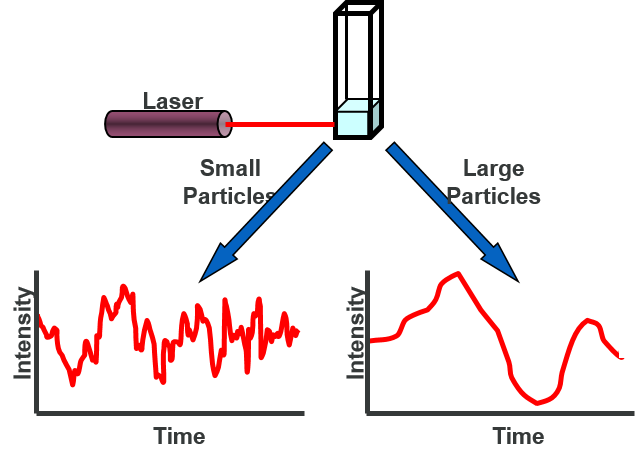

X-ray Raman spectroscopy is conceptually similar but involves excitation of electronic, rather than vibrational, energy levels. The following focuses on the theory of normal (non-resonant, spontaneous, vibrational) Raman scattering of light by discrete molecules. Photodiode arrays and photomultiplier tubes were common prior to the adoption of CCDs. The most common modern detectors are charge-coupled devices (CCDs). Early spectra took hours or even days to acquire due to weak light sources, poor sensitivity of the detectors and the weak Raman scattering cross-sections of most materials. Because lasers were not available until more than three decades after the discovery of the effect, Raman and Krishnan used a mercury lamp and photographic plates to record spectra. Modern Raman spectroscopy nearly always involves the use of lasers as an exciting light source. Schematic of a dispersive Raman spectroscopy setup in a 180° backscattering arrangement. In 1998 the Raman effect was designated a National Historic Chemical Landmark by the American Chemical Society in recognition of its significance as a tool for analyzing the composition of liquids, gases, and solids. Raman received the Nobel Prize in 1930 for his work on the scattering of light.

In the former Soviet Union, Raman's contribution was always disputed thus in Russian scientific literature the effect is usually referred to as "combination scattering" or "combinatory scattering". Krishnan, and independently by Grigory Landsberg and Leonid Mandelstam, in Moscow on 21 February 1928 (one week earlier than Raman and Krishnan). The Raman effect was first reported by Raman and his coworker K.
DYNAMIC LIGHT SCATTERING CONTINUOUS SERIES
Raman published his work on the "Molecular Diffraction of Light", the first of a series of investigations with his collaborators that ultimately led to his discovery (on 28 February 1928) of the radiation effect that bears his name. The inelastic scattering of light was predicted by Adolf Smekal in 1923 and in older German-language literature it has been referred to as the Smekal-Raman-Effekt. In 1908, another form of elastic scattering, called Mie scattering was discovered. The intensity of Rayleigh scattering is about 10 −3 to 10 −4 compared to the intensity of the exciting source. The elastic light scattering phenomena called Rayleigh scattering, in which light retains its energy, was described in the 19th century.

Raman scattering or the Raman effect ( / ˈ r ɑː m ən/) is the inelastic scattering of photons by matter, meaning that there is both an exchange of energy and a change in the light's direction.


 0 kommentar(er)
0 kommentar(er)
